
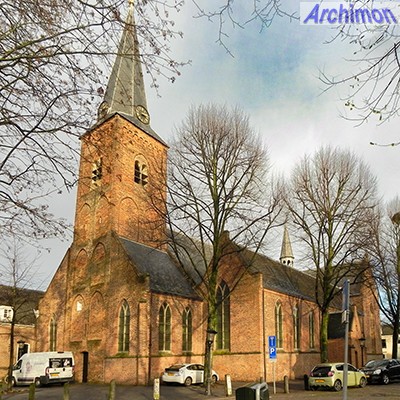 The Geertekerk is a
three-aisled cruciform building which, despite its size makes a very modest
appearance. The church was originally built from 1248 until 1259, when
it replaced an earlier church just outside the city walls. The new
location was just inside the walls. First a simple Romanesque aisleless church was
built. A tower was added later in the same century, which has survived and is now the
oldest part of the church. The transept and chancel probably date from
the early 14th century and are in a sober Gothic style. The
side-aisles were added in the second half of the 14th century or early
in the 15th century. The nave was transformed into the central aisle at
that time, with the walls being turned into pillars and arches. This
situation was restored in the 1950's, although only a very small part
of the original walls remains, because during a restoration in the
1860's most of the remaining walls were again replaced by new, closed
ones which turned the side-aisles into seperate spaces. In the 15th
century portals and chapels were added.
The Geertekerk is a
three-aisled cruciform building which, despite its size makes a very modest
appearance. The church was originally built from 1248 until 1259, when
it replaced an earlier church just outside the city walls. The new
location was just inside the walls. First a simple Romanesque aisleless church was
built. A tower was added later in the same century, which has survived and is now the
oldest part of the church. The transept and chancel probably date from
the early 14th century and are in a sober Gothic style. The
side-aisles were added in the second half of the 14th century or early
in the 15th century. The nave was transformed into the central aisle at
that time, with the walls being turned into pillars and arches. This
situation was restored in the 1950's, although only a very small part
of the original walls remains, because during a restoration in the
1860's most of the remaining walls were again replaced by new, closed
ones which turned the side-aisles into seperate spaces. In the 15th
century portals and chapels were added.
The church has had a turbulent history since the Reformation. As the least prestigious of the four parish churches of Utrecht, the Geertekerk was left to the catholics longer than the others, although the interior did not survive the iconoclastic riots of 1566. However, in 1580 the protestants betrayed their alliance with the catholics and turned the common war against Spain into a war against the catholics in general. The Geertekerk was now confiscated as well and used as barracks and stables before the protestants began to use it for their own services, until in 1621 it was temporarily abandoned due to neglected maintenance and a hundred years later the pillars were sinking. In ca. 1715 five small houses were built at the south side, causing damage to the outer walls. In 1855 the church was used to accomodate victims of a dike breach and was damaged further. The restoration of 1860 lead to the destruction of most of the original Romanesque walls.
The congegation of the Geertekerk especially suffered a loss of members when many people left the neighbourhood to live outside the city center. After having been used for childrens' catechization mostly for many years, in 1930 the church was closed. Yet it was not sold because there was some hope to restore it. In 1932 a local commitee began collecting money for the restoration and by 1938 it had amassed a big sum. However a majority of the churchwardens refused to give the permission for the restoration, and soon the church fell into serious decay.
Despite numerous pleas from the catholics to let them buy the church, the protestants left the building to fall apart, to make sure it would never be catholic again. Within a decade it had become a ruin. In 1940 there was talk of demolishing the church and replace it with courtyard with small houses. Only the tower, which belonged to the Utrecht municipality, was to remain. This was a plan the churchwardens good approve. Architect A. van der Steur made a design for this plan. Protests against this plan, including from the cultural division of fascist party Nationaal Front, one of its members being architect C.M. van Moorsel, were of no avail. And yet, in July 1941 the demolition permit was revoked. A year later there was a rumor that said the church was confiscated by the state and would, after having been restored, be returned to the catholics, a rumour which soon was disregarded. In March 1944 the church had become such a danger, it was finally confiscated. Shortly after the war ended in 1945, the catholic deanery of Utrecht proposed to buy the ruined church to serve as a student's church, a proposal the Utrecht municipal counsil agreed to three years later. The idea of the church becoming catholic again prompted the reformed congegation to object to the confiscation of 1944 as illegitimate, having been a decision of a collaborationist city counsil. Eventually, in August 1951, the reformed strategy of neglect and obstruction paid off, and the Geertekerk was returned to them so the neglect could continue. By that time the roof was gone and trees were growing in between the walls. In 1952 the reformed once again asked for a permit to have it demolished.
In 1953 finally rescue came for the church. The reformed had finally agreed to sell what was left of the building, but to the remonstrants, a different branch of protestantism that they disliked a bit less than the catholics. The remonstrants sure made a brave decision, as they already had a very nice church in the center which was in a good state and which they traded for a ruin. Restoration lasted until 1956.
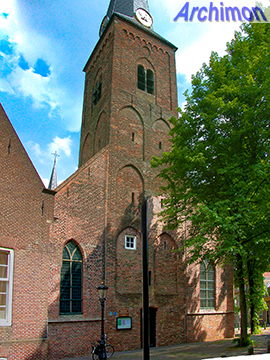
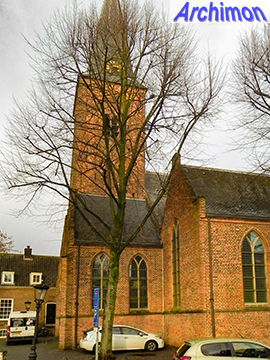
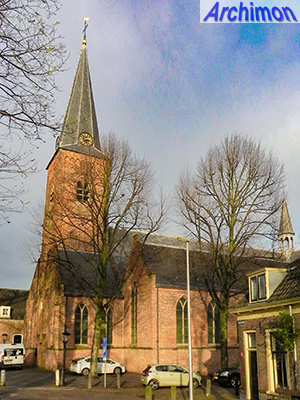
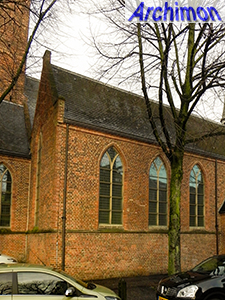
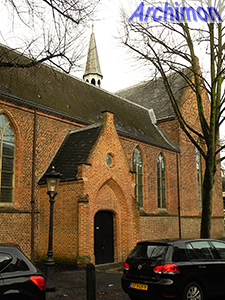
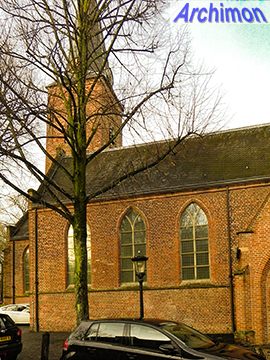
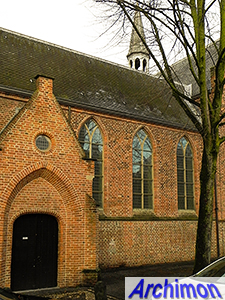
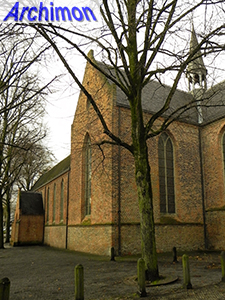
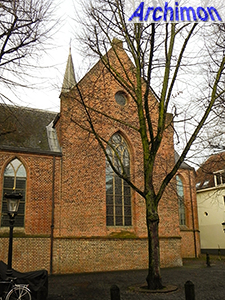
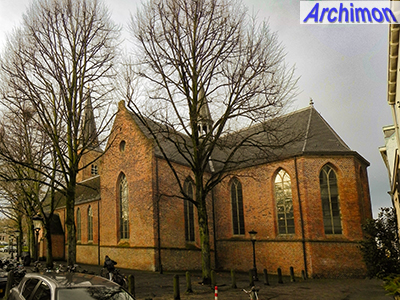
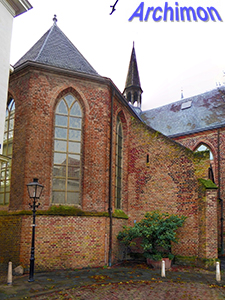
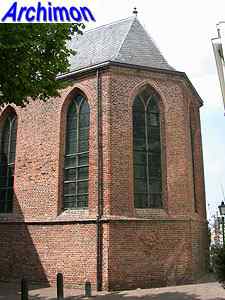
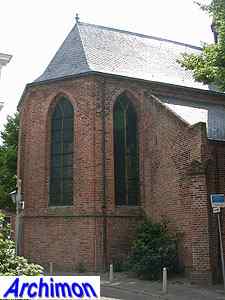
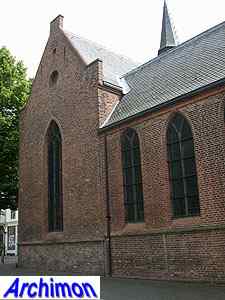
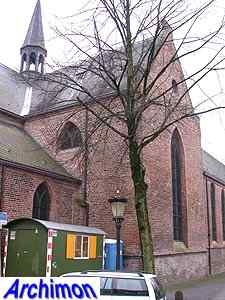
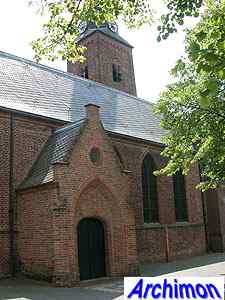
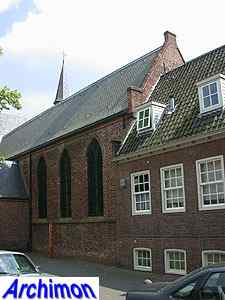
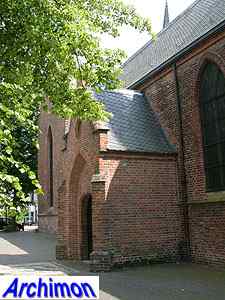
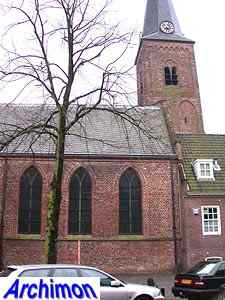
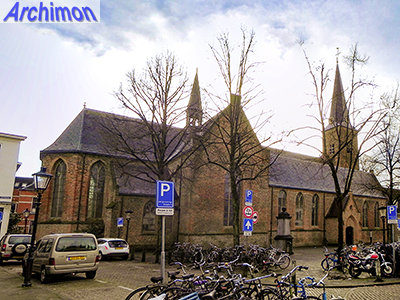
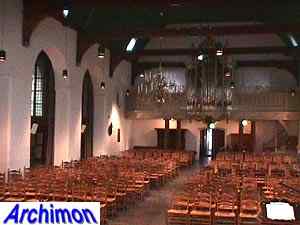
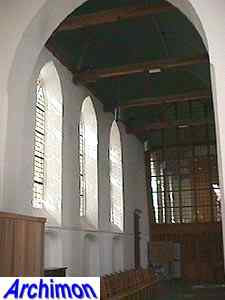
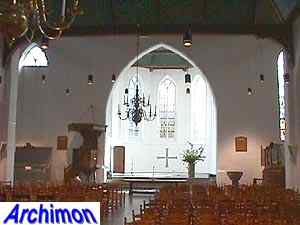
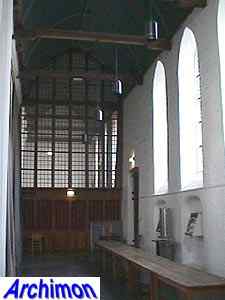
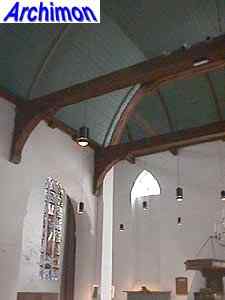
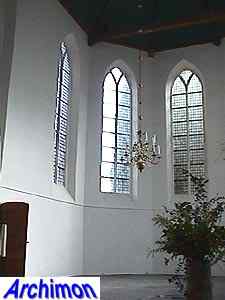
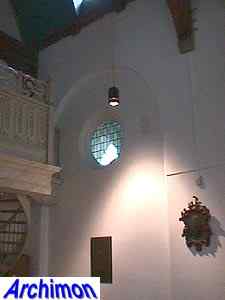
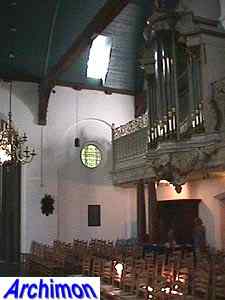
Back to Utrecht